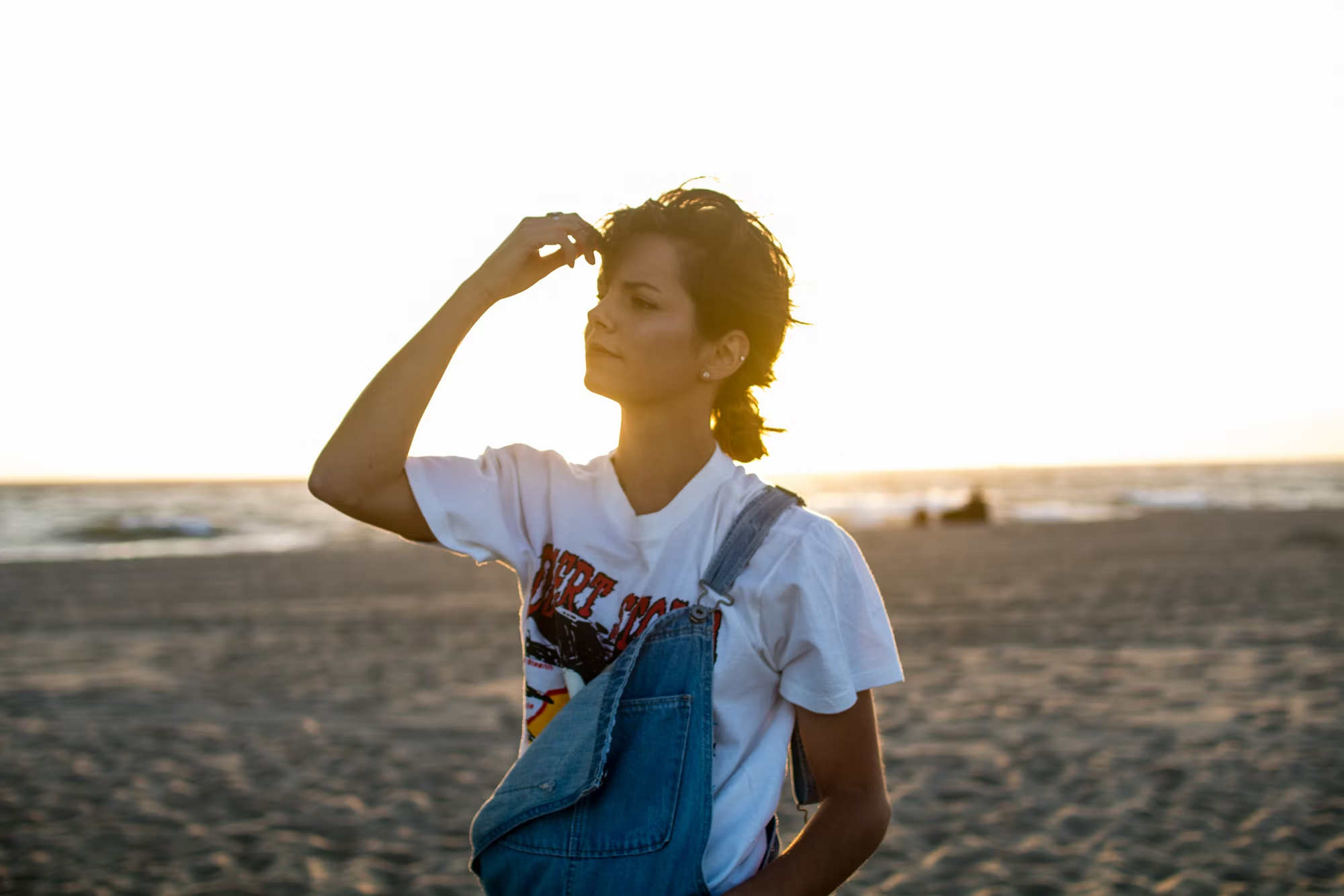In the evolving landscape of fashion, one of the most significant shifts has been the rise of gender-neutral modeling. This movement not only challenges traditional notions of gender in fashion but also promotes a more inclusive and diverse representation of beauty. As societal attitudes toward gender continue to change, the fashion industry is increasingly embracing models who do not conform to conventional gender norms. This article delves into the implications of this trend, its impact on the industry, and what the future may hold for gender-neutral modeling.
Historically, the fashion industry has been rooted in binary gender classifications, with distinct categories for male and female models. However, as conversations around gender identity and expression have gained momentum, the call for a more fluid representation within the modeling world has become impossible to ignore. Gender-neutral models embody this fluidity, presenting a fresh perspective that resonates with a growing audience seeking authenticity and representation.
The emergence of gender-neutral modeling reflects a broader cultural shift towards inclusivity. As individuals increasingly identify outside traditional gender binaries, the fashion industry must adapt to reflect this reality. Gender-neutral models challenge outdated standards and encourage brands to rethink their approach to casting and marketing. By showcasing diverse expressions of gender, these models help create a more accurate representation of society, which ultimately fosters acceptance and understanding.
One of the most notable aspects of gender-neutral modeling is its potential to disrupt the fashion norm. This disruption allows brands to break away from rigid categories and explore new creative possibilities. Designers are beginning to realize that gender-neutral collections can appeal to a wider audience, transcending the limitations of traditional marketing strategies. As a result, many brands are now launching gender-neutral lines, showcasing clothing that prioritizes style and comfort over gendered expectations.
Furthermore, gender-neutral modeling is not limited to high-fashion runways. It is permeating various aspects of the fashion industry, including advertising campaigns, editorial shoots, and even social media. Influencers and models are using their platforms to advocate for gender inclusivity, showcasing their personal styles and promoting brands that align with these values. This grassroots movement is driving significant change within the industry, encouraging consumers to embrace their unique identities and express themselves authentically.
In recent years, several high-profile fashion shows have prominently featured gender-neutral models, signaling a shift in industry standards. Events like New York Fashion Week and London Fashion Week have included collections that reject traditional gender divisions, presenting clothing designed for everyone. These shows not only celebrate diversity but also serve as a powerful statement about the future of fashion. They challenge designers to rethink their approach and consider the impact of their choices on representation and inclusivity.
While the rise of gender-neutral modeling is encouraging, challenges remain. Some critics argue that the fashion industry is still largely dominated by traditional gender norms, with gender-neutral models often being an afterthought rather than a central focus. Additionally, there can be a lack of support for models who identify outside the binary, leading to disparities in opportunities within the industry. To address these issues, brands and agencies must commit to genuine inclusivity and prioritize diverse representation in their campaigns and castings.
Moreover, there is a fine line between promoting inclusivity and engaging in tokenism. It is essential for brands to authentically engage with the gender-neutral community rather than merely using it as a marketing strategy. This requires ongoing education, collaboration, and a willingness to listen to the voices of those within the community. By building genuine relationships and fostering dialogue, the fashion industry can create meaningful change that benefits everyone involved.
The future of gender-neutral modeling holds immense potential. As consumers increasingly demand authenticity and representation, brands will be compelled to adapt their practices. This may involve rethinking design processes, casting choices, and marketing strategies to reflect the diverse identities of their audience. The evolution of gender-neutral modeling can pave the way for a more inclusive and dynamic fashion landscape, where creativity knows no bounds and every individual feels valued.
As we move forward, it is crucial for the fashion industry to recognize and celebrate the contributions of gender-neutral models. Their presence is not just a trend but a reflection of a cultural shift towards acceptance and understanding. By amplifying their voices and experiences, the industry can inspire future generations to embrace their identities without fear of judgment.
In conclusion, the rise of gender-neutral modeling is a groundbreaking movement that challenges traditional notions of gender in fashion. It promotes inclusivity, authenticity, and diversity, reflecting the evolving attitudes of society. While challenges persist, the momentum toward a more gender-neutral approach in modeling is undeniable. As the fashion industry continues to embrace this shift, it opens the door to endless creative possibilities and fosters a more inclusive environment for all individuals to express themselves freely. The journey toward breaking boundaries is just beginning, and the future of gender-neutral modeling looks promising.
